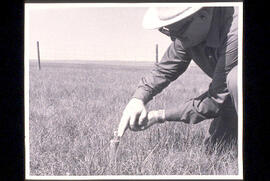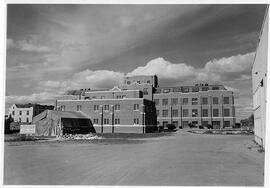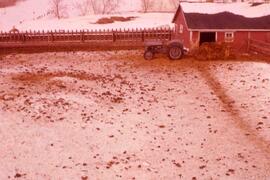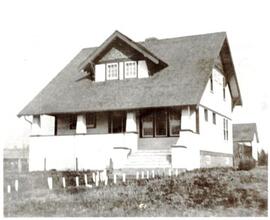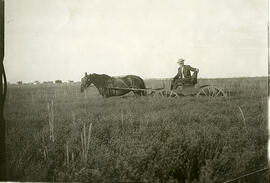This collection contains material used to write the anecdotal history of the University of Saskatchewan, "Inside These Greystone Walls." Included are research notes, manuscripts, and audio cassettes of interviews with faculty, staff, alumni, and friends of the University of Saskatchewan. Interviews on cassette are with Pat and Ed. Abramson, Murray Adaskin, Thomas Arnason, Lloyd Barber, T.D.R. Caldwell, Bill Cameron, Paul and Marjory Carpenter, Brenda Clark, Frank Coburn, Alfred F. Deverell, Edwin Docking, John Farrell, Edith Fowke, Nicholas Gyenes, Emmett M Hall, R.N.H. Haslam, Hope Hunt, Aina Kagis, Leon Katz, Henry P. Kent, Don and Mildred Kerr, James Kirkpatrick, Herb and Lil Larson, W.E. and Jean Lovell, Jean McConnell and Edna Littlejohn, George Millar, James B. O'Neil, M Gail Osachoff, Mildred and Lorne Paul, William Staples, Edith Rowles-Simpson, J.W.T. Spinks, John Pringle, Russell E. Potter, Arthur Stilborn, Hilary Stewardson, Oliver Symes, Edna Warrington, Ernest Walker, and Gordon Wyant.


